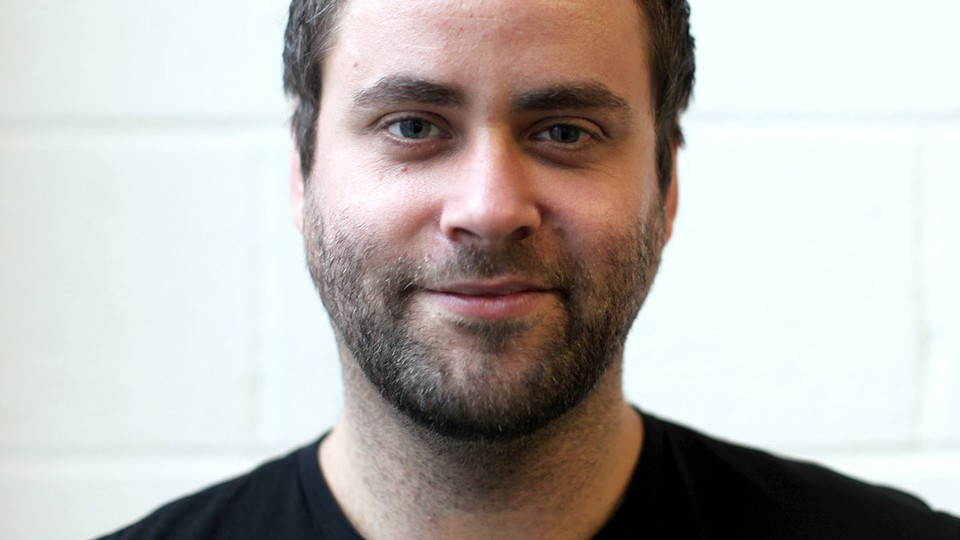If your parents are anything like mine, they’ve probably sent a dozen links over the past couple of weeks to news articles about COVID-19. One half reliable, the other more questionable.
It’s not surprising; government and official news updates are staggered, as they should be, to ensure everything is researched and evidenced. But my family, like many others, are holed up at home refreshing their Google results every hour or two, and don’t always hold things up to the same standard.
Right now, when our national interest is unwavering, many people are hungry for the latest scrap of news, no matter what form it takes. As a generation of consumers, it’s a habit that’s drilled into us.
But with this comes danger. This morning, I had to educate my family that a video advising them to blow-dry their nostrils to ‘kill the virus’ was not reliable medical advice; that it was yet another piece of fake news, doing the rounds. While the idea of people holding blow-dryers to their faces may seem silly, let’s not forget that some people may be convinced by the narrative and try it, or think that it makes them able to disregard the actual, important information.
It’s completely understandable that people are sharing these things. They’re desperate for hope. But just as we’re all isolating ourselves right now, we need to keep dangerous information from spreading too.
This kind of thing is happening at scale. ‘Bots’ — that is, automated accounts — are out en masse, sowing the seeds of doubt and mistrust, as they often do. In the first two weeks of March alone, in the UK there were 250,000 on Twitter sharing posts that promote conspiratorial mindsets and stoke confusion. These posts get shared.
And with 1 in 10 accounts on Twitter exhibiting bot-like behaviour, and some now posting thousands of times a week specifically about the coronavirus, the potential scale is huge. Especially when you consider that, so far this month, we’ve seen more than 15 million posts in the UK on Twitter about the virus.
The rise of user opinion
In my ten years working in digital communications — many of which have been spent investigating fake news and online communities — I have never observed such appetite for user-generated content and opinion. One blog, on the site Medium, is the second most shared article in the UK on the subject — outpacing articles from the BBC and even official government guidance.
The content doing the rounds is vast and diverse. From poor healthcare advice (no people, garlic won’t make you immune to COVID-19), to conspiracy theories suggesting that all of this is part of some far-flung agenda to cull the world’s population.
So in this time where we’re receiving things from all angles, how can we be mindful of fact-checking what we’re reading — and getting our loved ones to do the same?
Tip one: Check the source before you share it.
One of the misinformation tactics out there is to point people to microsites built with the sole purpose of aggregating false information. In these sites, it’s sometimes hard to tell what’s real and what’s fake, because the waters are muddied.
This is all part of their plan. Many of these sites depend on clickbait tactics to get people to visit, and then profit through advertising, so be mindful that not everything is constructed to provide you with helpful advice.
Tip two: fact check.
With so many people pulling their own angles and calculations on this crisis, make sure you’re contextualising in line with the official advice from government, trusted outlets and of course the World Health Organisation. If the thing you’re reading doesn’t have a strong source, it may be one person’s opinion rather than a collective statistic reached by experts across the globe. Treat it as such, to ensure you’re relying on the most reliable and up to date information.
Tip three: follow your gut.
It’s hard to tell what’s real and what’s fake these days as there are so many tactics out there to trick us — from artificial intelligence created ‘deep fakes’ to sensationalist headlines to get us to click through.
But if something seems too good to be true, it probably is. Apply logic to the advice you’re consuming, to ensure you’re being mindful. And don’t forward things ‘just in case’, and because ‘it can’t hurt’. Check and check again.
The steps above will go a long way to following healthy advice. It may even stop you holding a blow-dryer to your nose…












